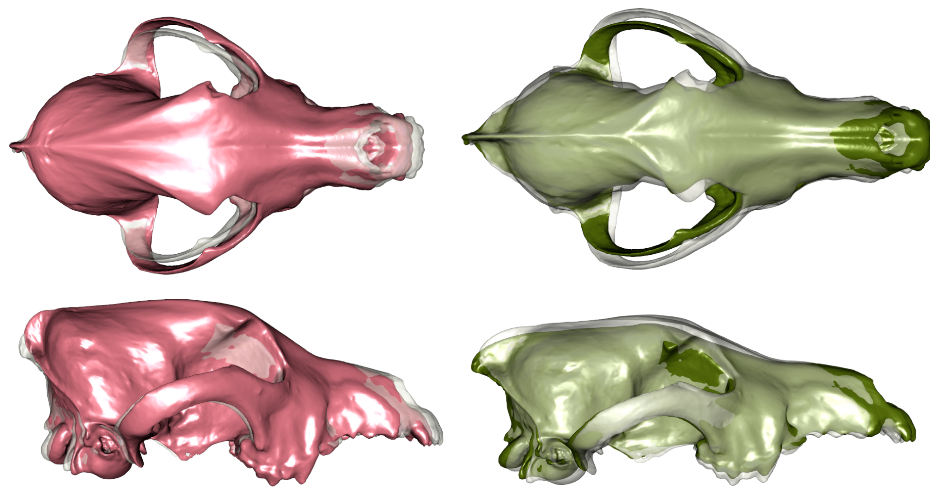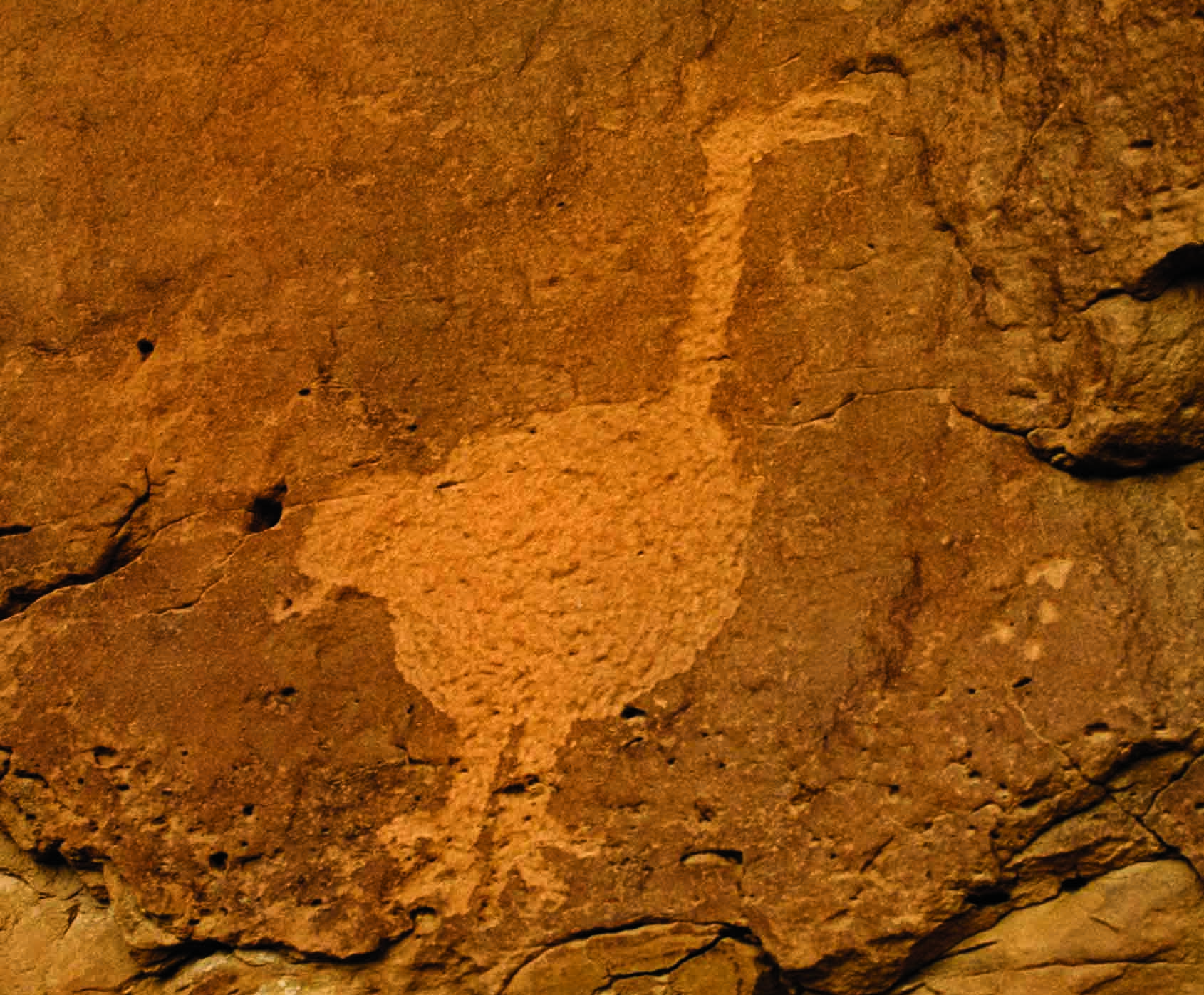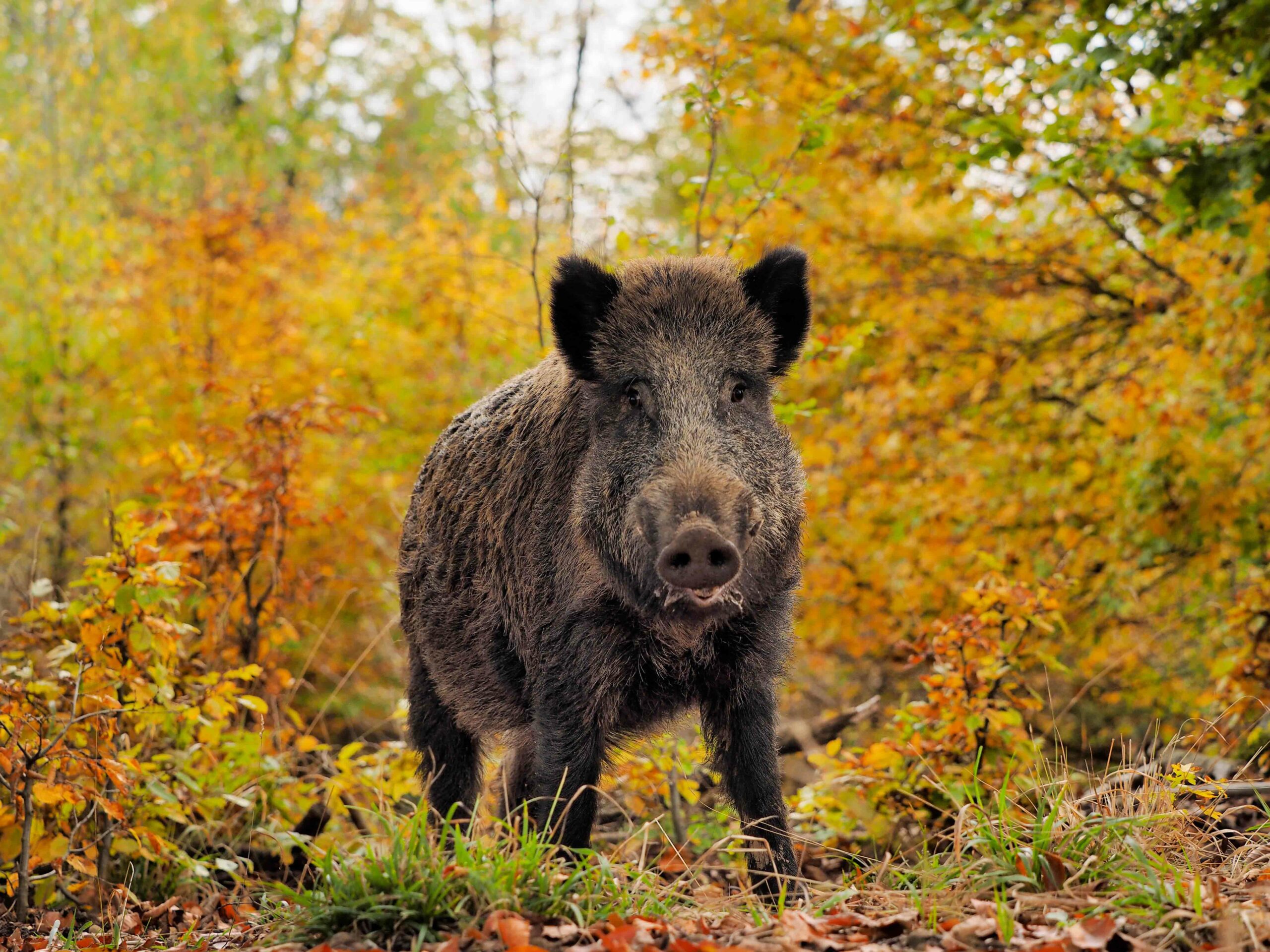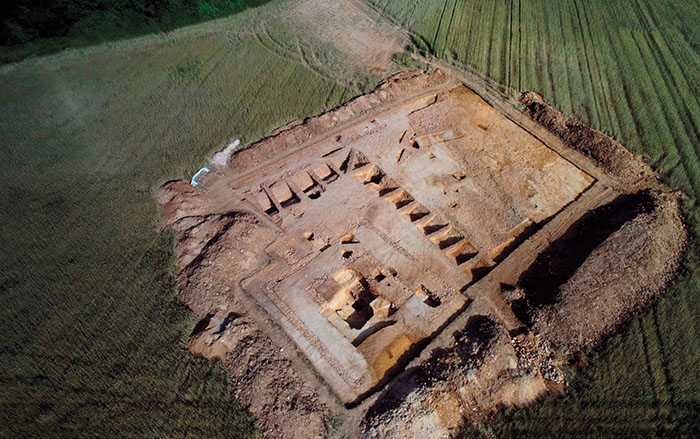
EXETER, ENGLAND—According to a statement released by the University of Exeter, variation in the size and shape of domesticated dogs’ skulls dates back to the early stages of dog domestication, at least 11,000 years ago. Researchers from the University of Exeter and the French National Center for Scientific Research (CNRS) created 3D models of the skulls of more than 640 canids, including recognized modern breeds, street dogs, and wolves. The oldest remains in the study have been dated to about 50,000 years ago. The oldest domestic dog, whose remains were unearthed in Russia, lived about 11,000 years ago. The study also evaluated an early domestic dog from America dated to 8,500 years ago and a domestic dog from Asia dated to 7,500 years ago. The scientists then analyzed the models with a method called geometric morphometrics. They determined that dogs came in a wide range of shapes and sizes in the Mesolithic and Neolithic periods, shortly after domestication, perhaps because the animals quickly adapted to serving in a variety of roles, such as hunting, herding, and human companionship. “Diversity among dogs isn’t just a product of Victorian breeders, but instead a legacy of thousands of years of coevolution with human societies,” concluded Carly Ameen of the University of Exeter. To read more about early canine domestication, go to "First Domesticated Dogs," one of ARCHAEOLOGY's Top 10 Discoveries of 2011.












